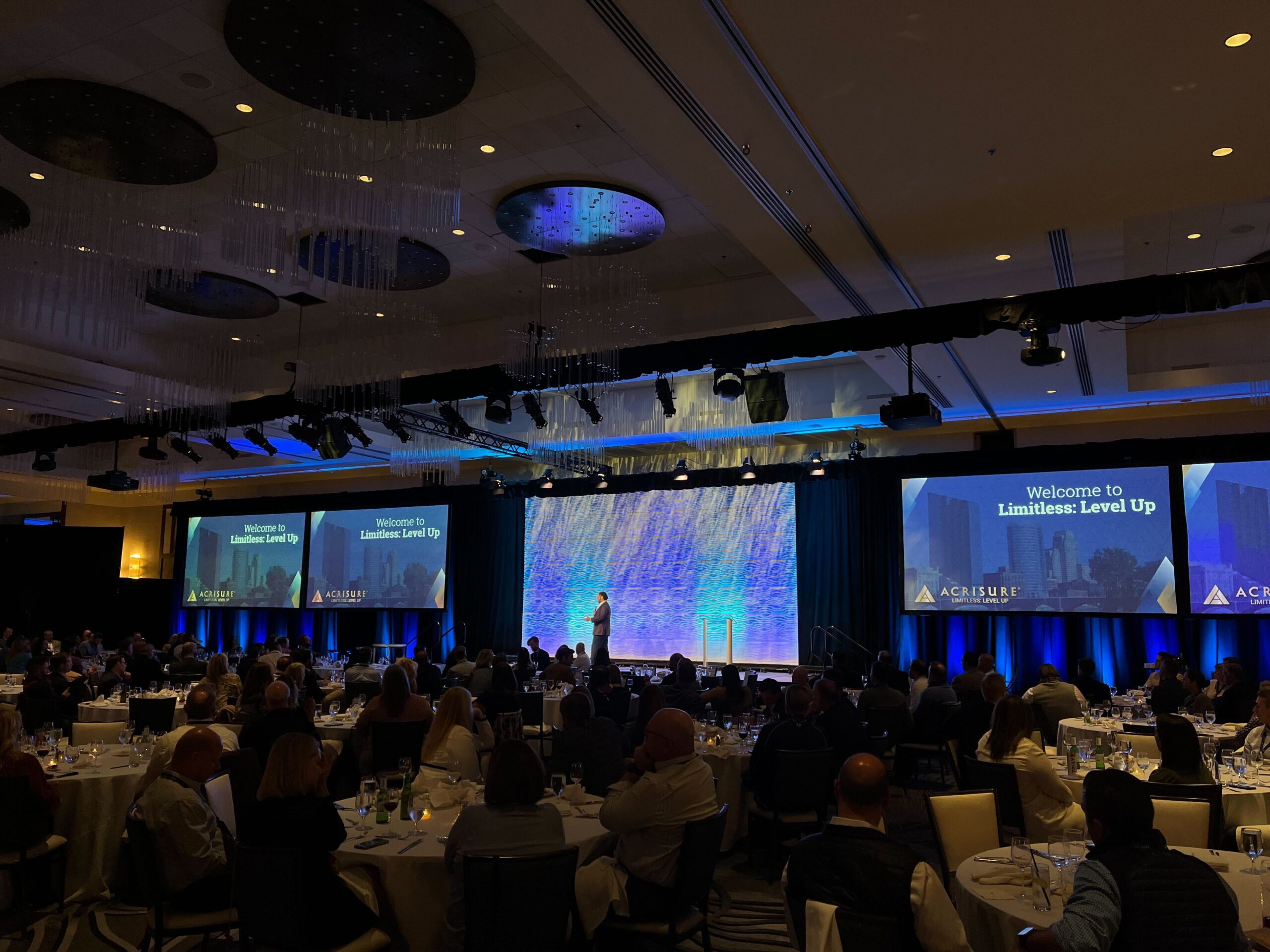Creating a successful event often relies on the seamless integration of audio and visual (A/V) technology.
Whether you’re organizing a small workshop, a large corporate conference, or an immersive hybrid event, the right A/V setup can significantly enhance the experience for attendees.

Here are some best practices to consider when integrating A/V solutions into your events:
- Understand the Scope of Your Event
Before diving into equipment rental or setup, clearly define the scale and objectives of your event. Consider the size of the audience, the venue layout, and the type of content you’ll be presenting.
This will help determine the scale of A/V equipment needed, whether it’s a simple microphone setup or an elaborate video distribution system.
- Choose the Right Equipment
Select equipment that best fits the purpose and venue of your event. Use high-quality microphones for clear audio, especially in large spaces.
For visuals, consider the ambient light conditions when choosing projectors and screens. LED walls can be a great alternative in bright environments.
Ensure all equipment is compatible and can be integrated seamlessly.
- Professional A/V Support
Hiring experienced A/V professionals can drastically reduce the stress of managing technical issues.
These experts can handle setup, operation, and troubleshooting, ensuring that your event runs smoothly. They can also advise on the best equipment and setup based on your venue and event goals.
- Conduct Thorough Rehearsals
Never underestimate the importance of a sound check and full rehearsal.
This is crucial for identifying and resolving any issues with sound clarity, equipment placement, and multimedia content synchronization before the event begins.
- Optimize for Audience Engagement
Everyone should have a clear view of screens and speakers should be distributed to cover the entire venue without creating echo or feedback.
Consider using additional screens or a live camera feed for larger venues to ensure all attendees have a good visual experience.
- Plan for Hybrid or Remote Participants
If your event includes remote attendees, ensure your A/V setup supports live streaming or video conferencing.
This includes having a stable, high-speed internet connection, cameras with good resolution, and microphones that can capture clear audio for online participants.
- Backup Plans Are Essential
Always have backup equipment, including microphones, laptops, and cables.
Prepare for potential power issues with additional power strips, batteries, and extension cords. Test all backup equipment as thoroughly as the primary setup.
- Accessibility Considerations
Ensure your event is accessible to everyone by incorporating A/V elements that cater to various needs.
Include captioning for videos, sign language interpreters, or audio induction loops for attendees with hearing impairments.
- Post-Event A/V Management
Record your event, if possible, to allow attendees to revisit the content at a later date or to serve as content for those who could not attend.
Properly manage the dismantling and return of A/V equipment to avoid damage and additional fees.
- Collect Feedback
After the event, gather feedback specifically about the audio and visual experience. This will help you understand what worked well and what could be improved for future events.
That’s how you can ensure that your A/V setup enhances your event, providing a smooth and engaging experience for all participants.
Take the first step towards a flawless event ensuring your A/V setup is nothing short of perfect!

Reach out to us today to view our past case studies for event staging and A/V setup.
